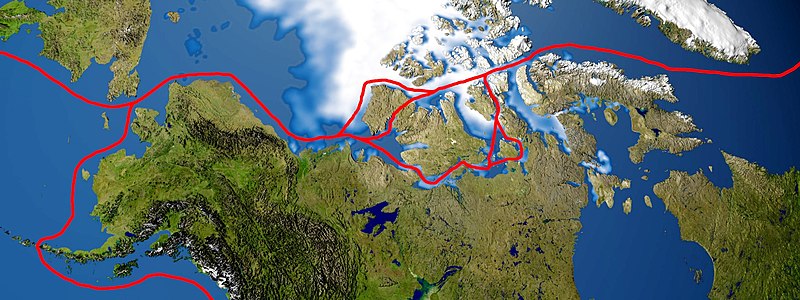Clusters of clusters form fabric of tech Mecca
Excellent article in NY Times by Steve Lohr examining the inhomogeneity of Silicon Valley's technology clusters.
Silicon Valley, the wellspring of the digital technologies fueling globalization, is itself a collection of remarkably local clusters based on industry niches, skills, school ties, traffic patterns, ethnic groups and even weekend sports teams.
“Here, we have microclimates for wines and microclimates for companies,” said John F. Shoch, a longtime venture capitalist.
Silicon Valley, home of Stanford and other universities, has long been the model of success for a modern regional economy, and policy makers worldwide have tried to emulate it by nurturing high-tech companies around universities. There have been a few winners, like the semiconductor manufacturing hub in and around Hsinchu Science Park in Taiwan.
Yet a look at the microclusters within Silicon Valley demonstrates the business relationships, the social connections and the seamless communication that animate the region’s economy. It also suggests the human nuance behind the Valley’s success and shows why that success is not easy to copy, export or outsource.
“These microclusters turn out to be a very efficient way to innovate, to see what works and what fails, and do it extremely rapidly,” said AnnaLee Saxenian, an expert in regional economies and a professor at the University of California, Berkeley."
The articles says, a start up will located depending on its segment of the information technology industry:
New companies, and emerging industry clusters, seek to build on and tap the skills of older clusters. While there are plenty of exceptions, it is generally true that hardware clusters — semiconductors, disk drives and network equipment, for example — are in the South Valley, around San Jose and Santa Clara. The actual manufacturing of hardware, of course, moved to cheaper places years ago. What remains in the Valley is product design and engineering.
Moving farther north in the Valley typically means moving farther away from the guts of the machine and climbing up the tiers of computing — from chips to layers of business and consumer software and then into San Francisco, home to people with online advertising and digital design skills.
For start-ups, the location decision can be critical, particularly because of the area’s notorious traffic jams. Lately the calculations about traffic, talent and real estate have become trickier because the Valley’s economy is surging again, driving up rents and salaries and clogging roads.
But there are other drivers for the clusters: social connections between Standford alumni or ethnicity.
New companies with deep ethnic links — mainly Indian and Chinese — are sprouting up in the Valley. Often, ethnic background is but one layer of social relationship. SnapTell, a start-up that seeks to marry image-recognition technology, cellphones and marketing, was founded last year by G. D. Ramkumar and Gautam Bhargava, Indian computer scientists and Valley veterans. The company has 10 employees, six of whom have Ph.D.’s and three of whom are from Stanford.
The shared backgrounds, interests and schools make for frictionless communication that fosters rapid innovation.
Even weekend sports, it seems, become the basis for informal business clusters in the Valley. Start-up ideas or job opportunities often surface on the sidelines of a weekend soccer game or, increasingly, cricket match. Giriraj Vengurlekar, an engineer who lives in Sunnyvale, plays in one of the Valley’s cricket leagues, which now has 40 teams. His team, the Centurions, includes employees of Sun Microsystems, eBay, Cisco, Yahoo and other technology companies.
Last year, Mr. Vengurlekar joined Serus, a start-up that makes software for managing offshore manufacturing operations. The cricket pitch, he finds, is a good place to scout recruits or learn of job openings. “People don’t play cricket to get jobs, but it definitely happens,” he said. “Cricket definitely spills over into business.”
Finally, Silicon Valley is monolithically geeky.
There is a certain visual identity to the clusters, and a hint of cultural tension among them. The clearest schism, perhaps, separates Valley dwellers from San Francisco residents.
The hard core in the Valley jokes that San Francisco, with its Internet advertising and design cluster, has a “high P.I.B. coefficient,” for People in Black. The city’s companies also have more women than those in the Valley. San Franciscans regard Valley engineers as denizens of a style-free suburban zone for whom being well-dressed means wearing jeans and a T-shirt with a company logo.
As Marc Adreessen, co-fonder of Netscpae, and two other Valley start-ups observes:
“The nerds with minimal social lives like me are well down in the Valley, and the cool kids with the trendy glasses and Prada shoes who like to go to parties are in San Francisco,” Mr. Andreessen said in an e-mail message. “You can guess who has the leg up in building companies.”GEO






